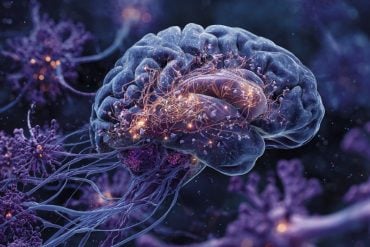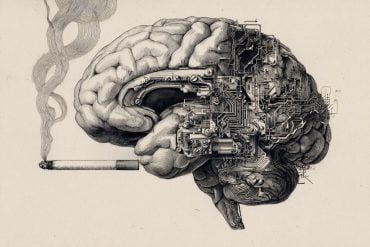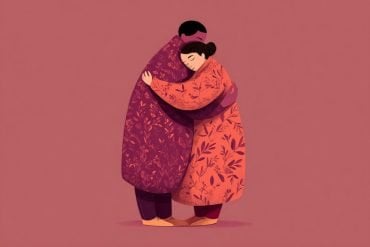Summary: Young children who experience social isolation are at risk of being diagnosed with ADHD and face loneliness as adults, a new study reports.
Source: King’s College London
New research from the Institute of Psychiatry, Psychology & Neuroscience (IoPPN) has found that socially isolated children are more likely to experience ADHD symptoms and loneliness as young adults despite other risk factors in childhood.
The study, published in JCPP Advances, investigated why some children become isolated and the implications for later outcomes.
Using data from the Environmental Risk (E-Risk) Longitudinal Twin Study, researchers examined social isolation through childhood and identified three types of developmental progression which were associated with emotional and behavioural challenges before and after the onset of isolation.
The study revealed that the experience of social isolation in childhood was associated with a range of difficulties in adulthood, even when the isolation itself had reduced. The findings suggest that childhood social isolation can indicate co-occurring mental health difficulties, which can be used to guide intervention in young people.
Katherine Thompson, the study’s first author from King’s IoPPN said, “Our study shows that social isolation in childhood can predict specific emotional and behavioural difficulties later in life. The findings highlight the importance of getting timely interventions to young children who are socially isolated to minimise the risk of long-lasting problems.”
2232 participants from England and Wales were assessed for a variety of traits and behaviours at ages five, seven, 10, 12, and 18, including levels of social isolation, mental wellbeing, and ADHD and conduct disorder symptoms and diagnoses.
Researchers identified three distinct developmental trajectories of social isolation between ages five and 12: children who were increasingly isolated (4.75%), those whose isolation lessened (5.25%), and those who had consistently low levels social isolation (90%). The findings reveal that social isolation is not static in childhood and developmental patterns are associated with co-occurring difficulties.
The study showed that children with high levels of ADHD behaviours at age five were most likely to experience social isolation in the subsequent seven years. Furthermore, those who experienced emotional difficulties and attended a larger school also had an increased likelihood of experiencing social isolation, but this lessened overtime.
Children who were increasingly isolated between ages five and 12 were most negatively impacted in adulthood. Regardless of previous mental health difficulties, by age 18 these individuals were more likely to show symptoms of ADHD and conduct disorder, feel lonely, be less optimistic about their career, and to be less physically active.

“Social isolation during the childhood years appears to develop hand in hand with mental health symptoms and functioning difficulties. We need more longitudinal research to investigate whether social isolation is a risk factor for – or a consequence of – other developmental problems.
“This research will provide valuable insight for prevention and intervention strategies in how and when to tackle social issues before they become part of a range of serious problems,” said Professor Louise Arseneault, the study’s senior and Professor of Developmental Psychology at King’s IoPPN
The IoPPN, in partnership with the South London and Maudsley NHS Foundation Trust and the Maudsley Charity, are in the process of opening a world leading centre for children and young people mental health.
The Pears Maudsley Centre for Children and Young People is expected to open in 2023 and will bring together researchers and clinicians to help find solutions that will transform the landscape for children’s mental health.
Funding: The E-Risk Study is funded by the Medical Research Council. Additional support was provided by National Institute of Child Health and Human Development and by the Jacobs Foundation.
About this psychology research news
Author: Patrick O’Brien
Source: King’s College London
Contact: Patrick O’Brien – King’s College London
Image: The image is in the public domain






